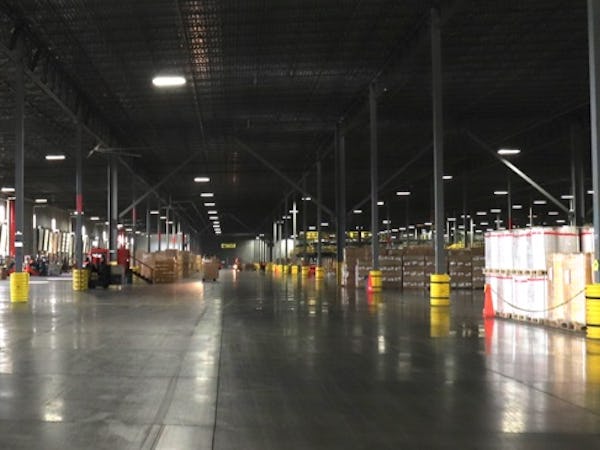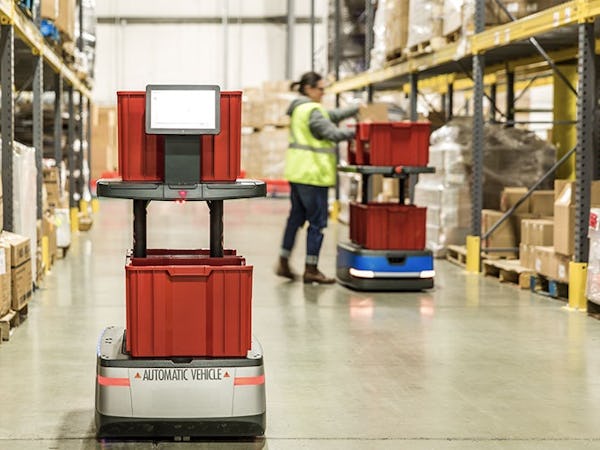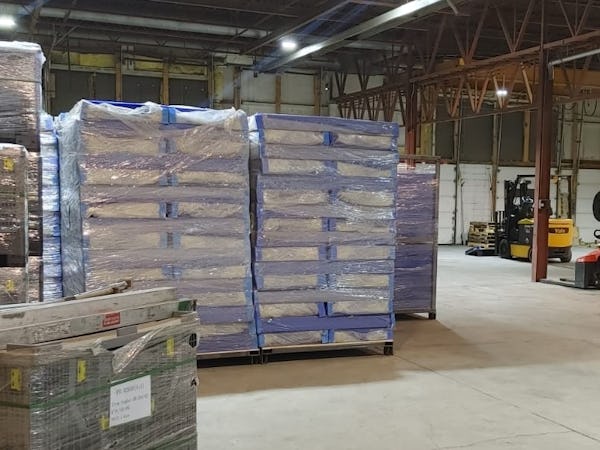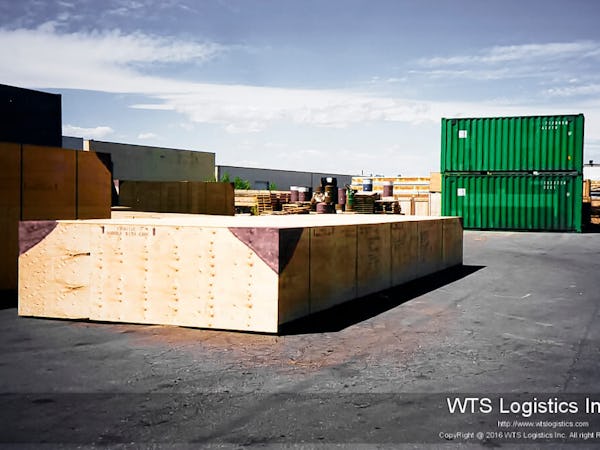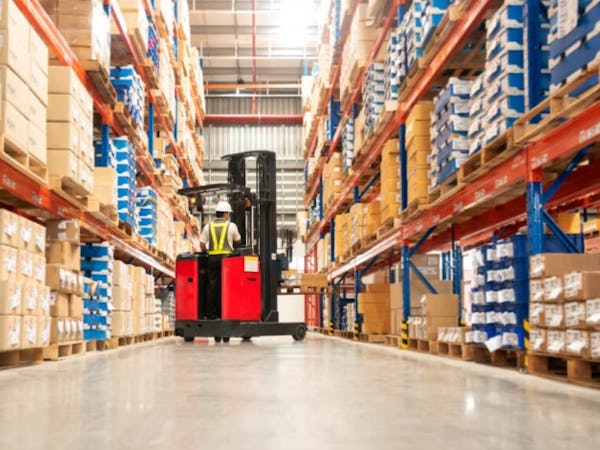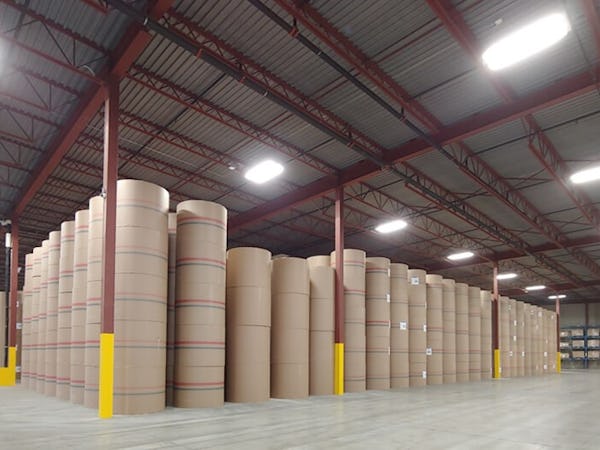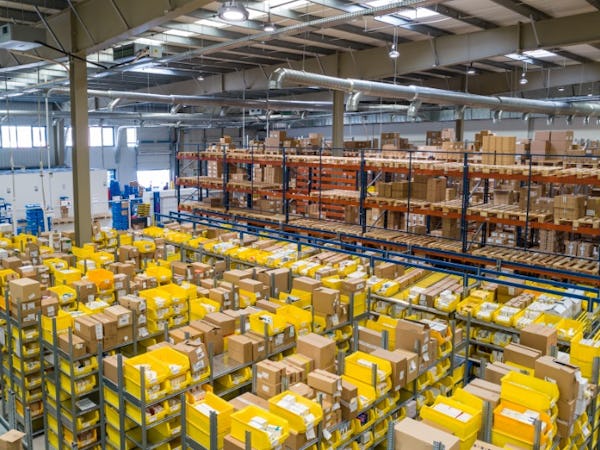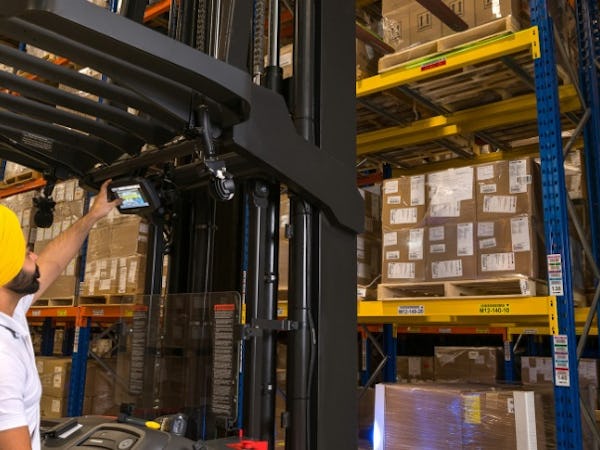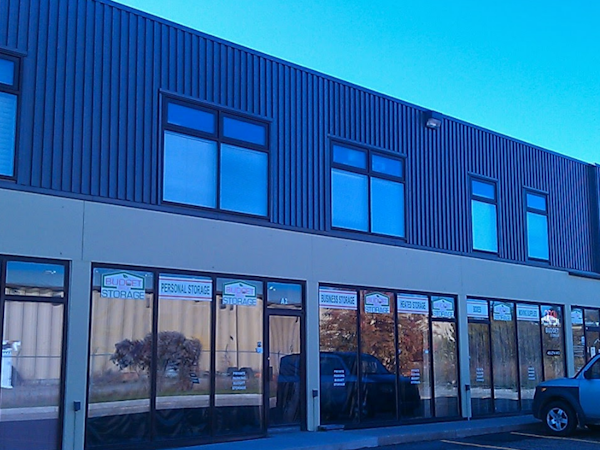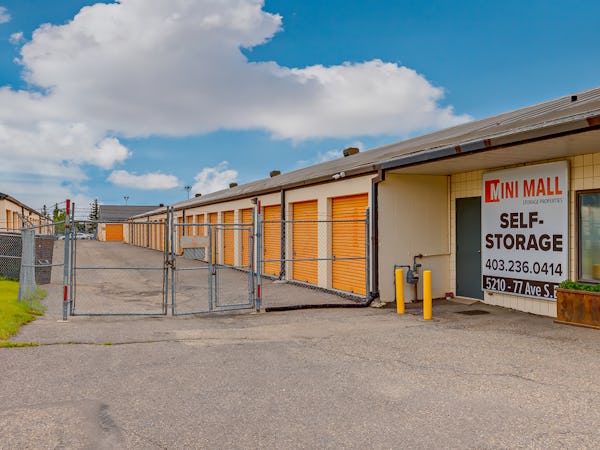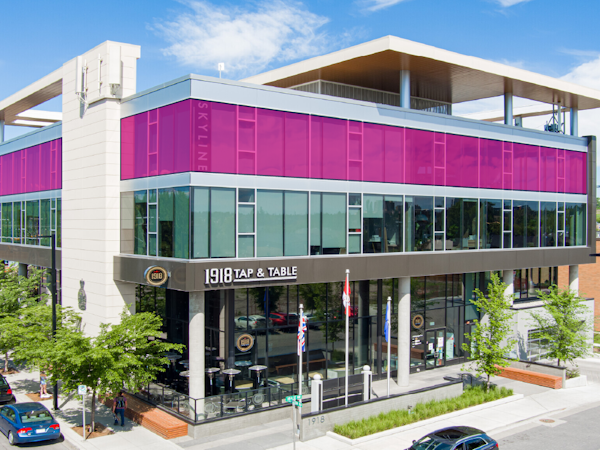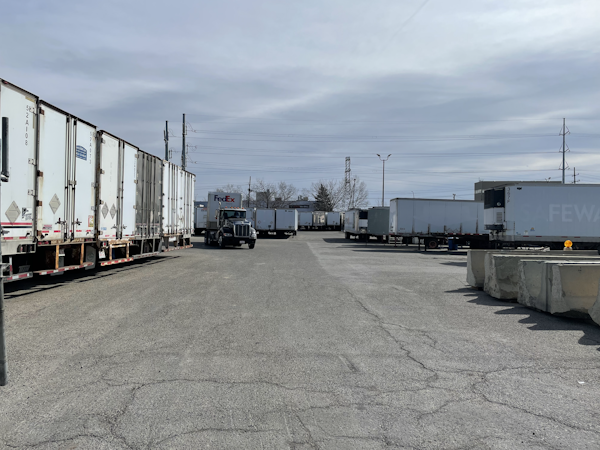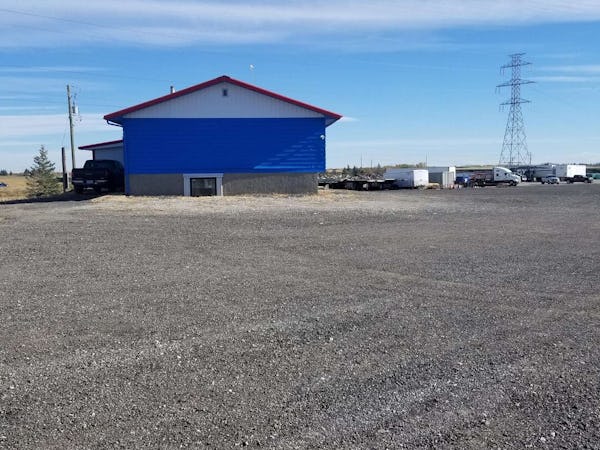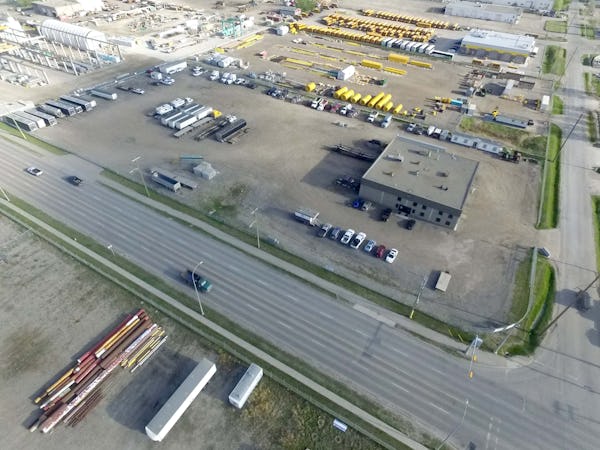Sign in
By creating a member account and using this site you agree to our Terms of Use. This site is protected by reCAPTCHA and the Google Privacy Policy and Terms of Service apply.
Great Industrial Rental Spaces in Calgary, AB, Canada Find a space in for your needs.
Facts and Figures
Calgary is Canada's third-largest municipality with 1.5 million residents in 2020.
The industrial regions of Calgary support a wide range of industrial operations and meet their operating requirements. Moreover, these industrial subsectors are expected to expand in the future.
Climate
The climate in Calgary is arid, with low humidity levels in general.
Distance From Other Major Locations
YYC Calgary International Airport, one of Canada's major airports, supports the flow of products and individuals. It carries 75% of all airfreight shipments in the province.
The Trans-Canada Highway and Alberta Highway 2 connect Calgary to the rest of the country. This makes it a vital part of Western Canada's regional inland port, as well as a varied and resilient distribution-driven industrial products transportation market.
Zoning Bylaws
The Land Use Bylaw lays forth the laws and restrictions for developments in Calgary, as well as how development permit applications are decided.
Major Industries and Companies
The city boasts a key distribution center position and a multimodal logistics network that includes air, train, and roads. Moreover, the city has a network of current and established industrial firms that may act as distributors and purchasers of products and services to new manufacturing enterprises. In fact, High Plains Industrial Park—Calgary's distribution hub—is home to many regional distribution centers.
Calgary had around 7,000 hectares of industrial property as of 2020. Approximately 58 percent of this supply, or 4,000 hectares, is already developed and inhabited, while the other 42 percent, or 3,000 hectares, remains unoccupied and unmanaged.
For the heavy industry, Foothills Industrial Park, Sheppard Industrial, Manchester Industrial Area are the ideal places to go to in Calgary. Furthermore, with convenient access to roads, the airport, and rail, Calgary is ideal for S.E. business parks.

-1727709520101.jpg?q=50&fit=crop&w=600&h=450)



